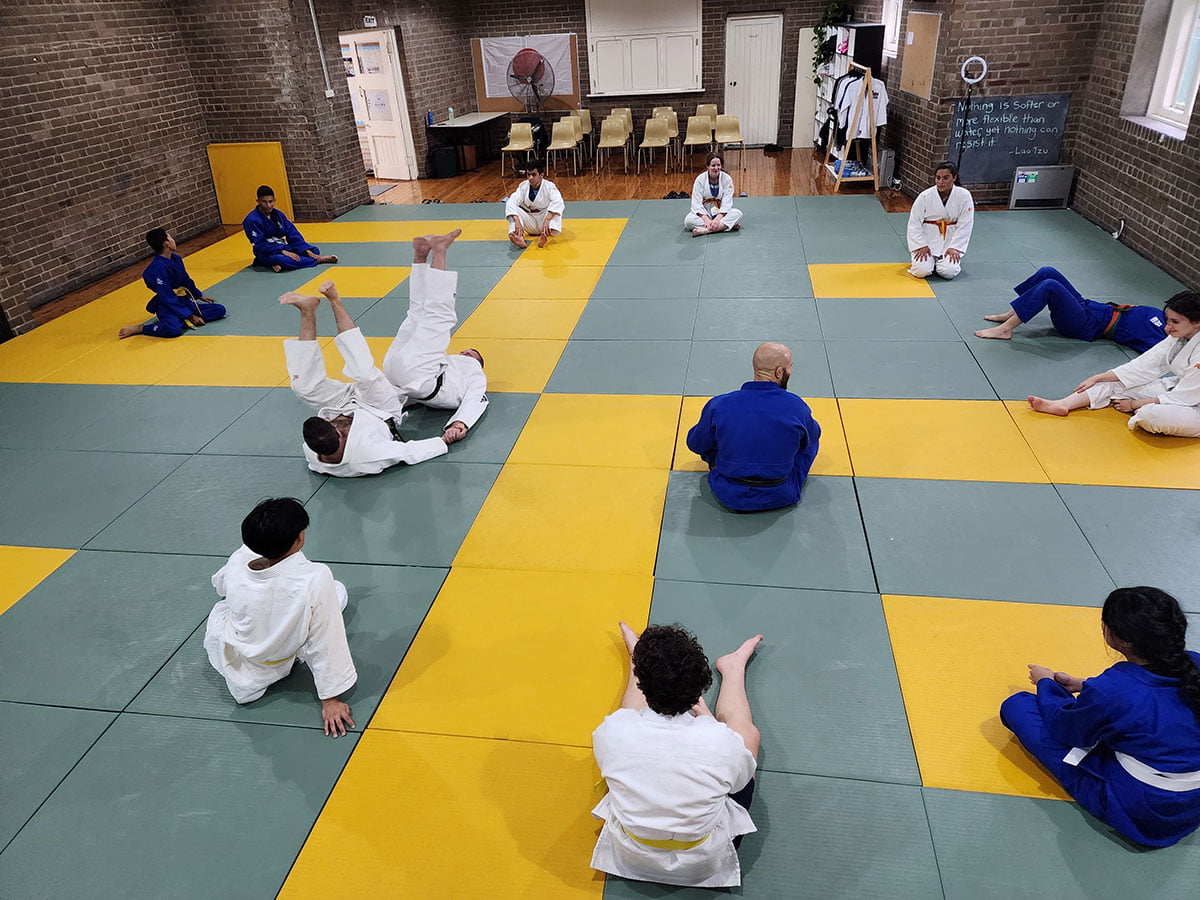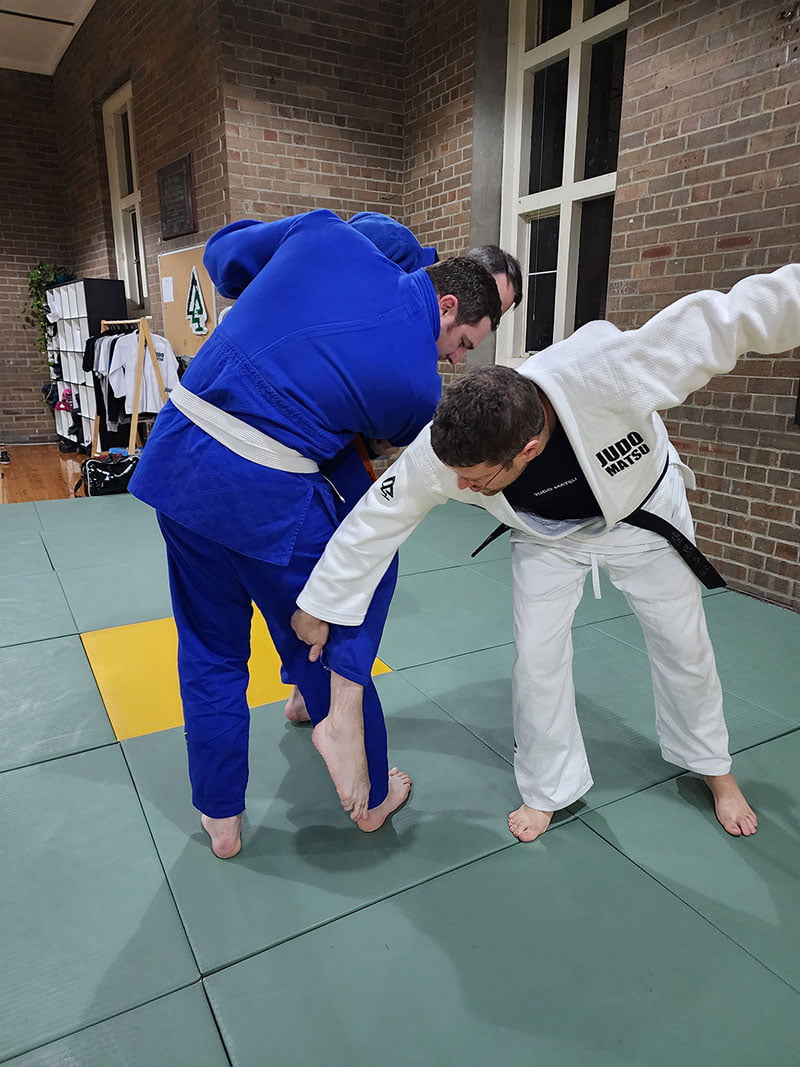At Judo Matsu, we’ve designed our classes to help you get the most out of every session. From warming up your body to refining techniques and testing them in sparring, each part of the class works together to help you improve, stay safe, and build confidence. Below is an example of what you can expect, though each class will vary depending on the focus and your progress.
Each class begins with a dynamic warm up designed to engage both the body and the mind. This includes safe rolling and tumbling, gymnastics-inspired drills, and animal flow movement patterns.
Skill Development: Movements are selected to build a strong physical foundation and improve coordination, allowing students to develop more advanced motor skills over time.
Safety and Focus: Judo requires physical awareness and mental engagement. Starting each session with intentional movement prepares the body and sharpens focus, setting the tone for safer, more effective learning.
These elements work together to support faster progress in judo, while also developing a deeper mind-body connection that carries into everyday life.

This phase focuses on learning and refining judo techniques. Students are introduced to the core components of throws and ground work, progressing to more advanced variations based on their skill level, comfort, and experience.
Techniques are taught in a clear, step-by-step process:

Randori is the phase where students begin to apply techniques in a live, adaptive setting. It’s here that the building blocks learned in technical training are linked together into a personal style of movement and strategy.
This creative exploration allows students to experiment, adapt, and find their own rhythm in judo, while always emphasising control and safety. Randori offers a flexible space where learners can begin to form a “game plan,” whether for competition, self-improvement, or personal expression.

